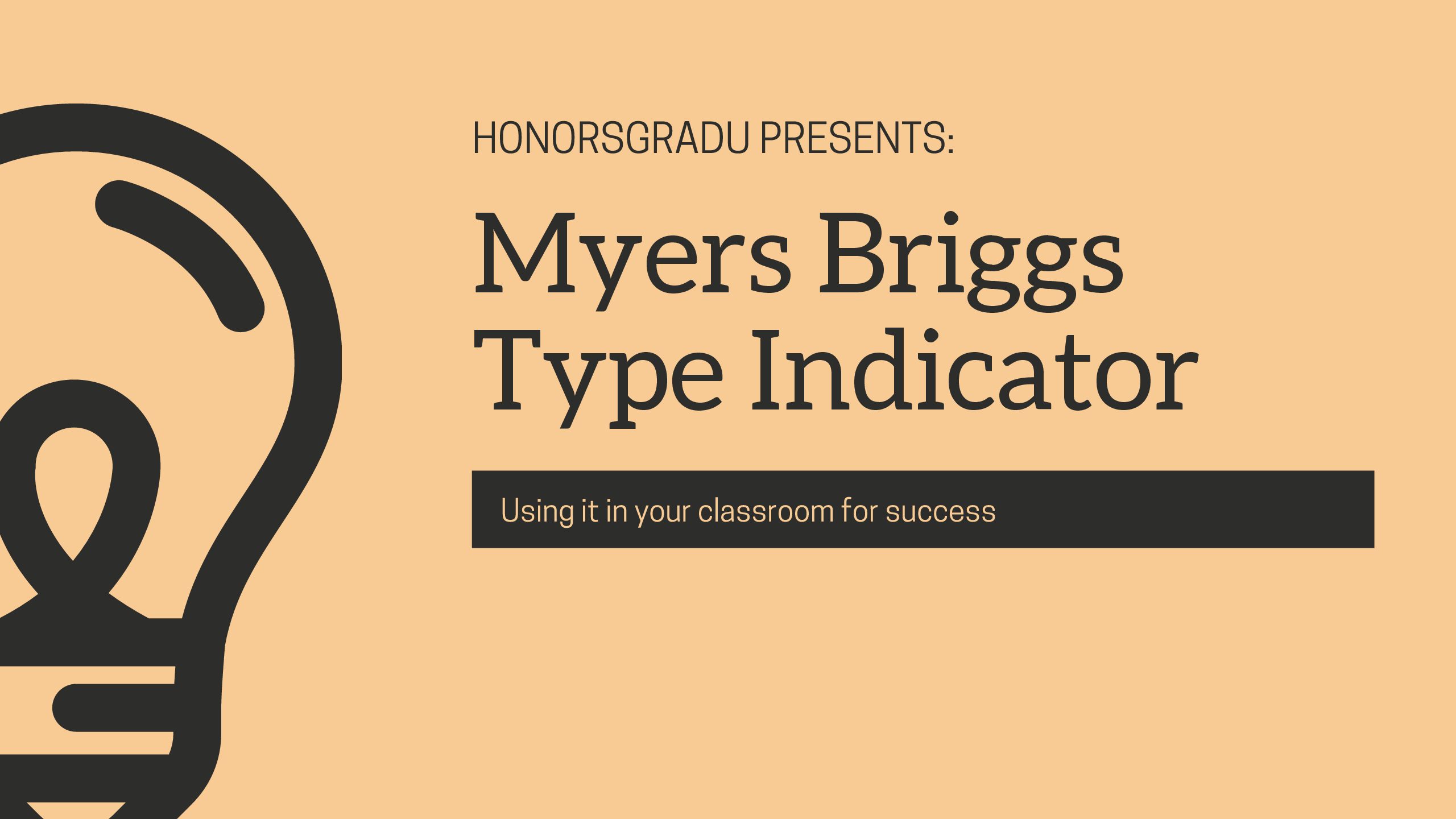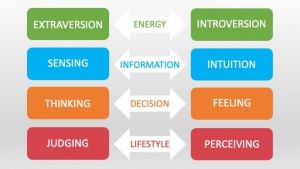Let’s talk charter schools! Like I said in my homeschool post, I’m not going to write these down in a pro/con list, but instead just a list. Because to some families, these points may be a good thing, while others may see it in a negative light.
First, let’s talk about what a charter school is. Charter schools are funded differently from public schools, and but are still publicly funded and remain free. Some thoughts on charter schools…
They often don’t have the same guidelines as public schools and can be more flexible about their curriculum and how it is delivered.
There aren’t any boundaries for charter schools, typically they are open to anyone in any area who chooses to send their children. Sometimes this can mean only wealthier families will be the ones to send their children to charter schools because they have the means to transport them there.
If the demand for enrollment is too high, a lottery is put in place to accept students, which can be stressful if you don’t know if your student will get in, especially if you have multiple children you are trying to get in. Limiting capacity can be good for the school with smaller class sizes and more individualized learning. Unlike public schools, where they cannot turn away a student living within the boundaries of their school, meaning classes must become overcrowded if too many students are enrolled.
Often the curriculum of a charter school involves practicing what they learn in the field of where it applies. For example, during my student teaching in a charter school, a group of fourth-graders was learning about ecosystems in science, as well as measurement in math. To apply this, they took a field trip up to the mountains where they worked with the DNR to use weevils to eradicate the Canadian Thistle, an invasive species in Utah. They utilized their knowledge of ecosystems in that setting, measurements of plants, animals, and more, and were able to release weevils in the proper areas where it would help the most. Talk about applying what you learn!
Charter schools can often be found with a lot of competition between students and parents as they compare themselves or try to see their schooling as “higher” than other forms of schooling. This competition can be on any level, between healthy competition and detrimental competition, which can vary at each school and even in each class.
Sometimes a charter school can have a dress code for kids, too.
Have you chosen a charter school for your children? What helped you make the decision that it was right for your family?
cover photo: pexels.com








